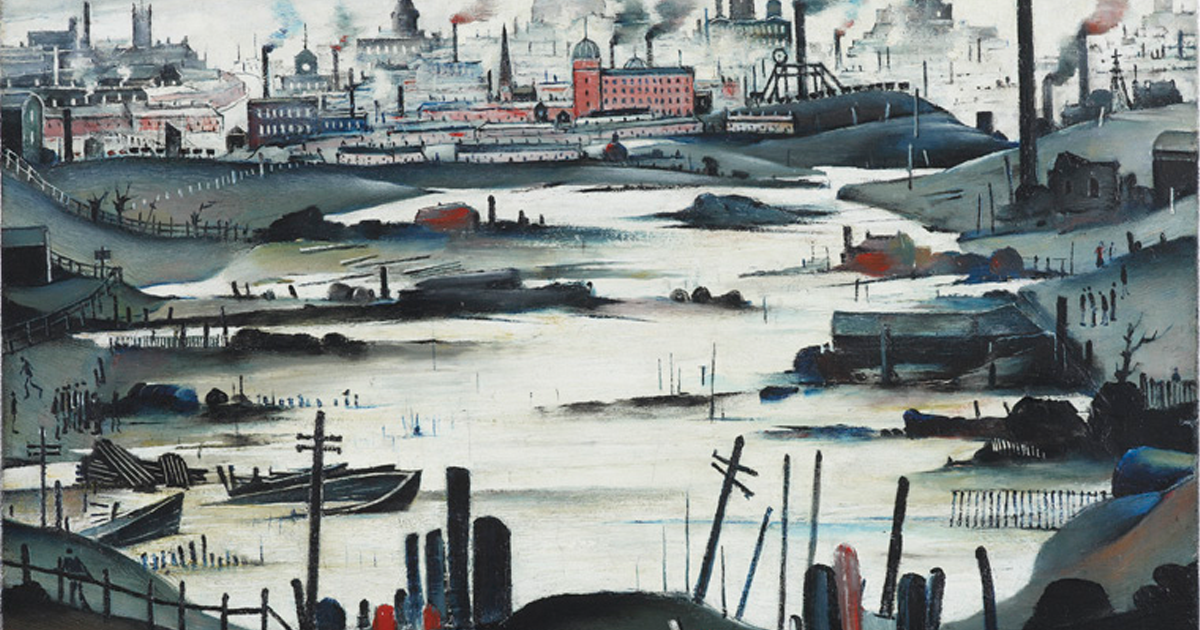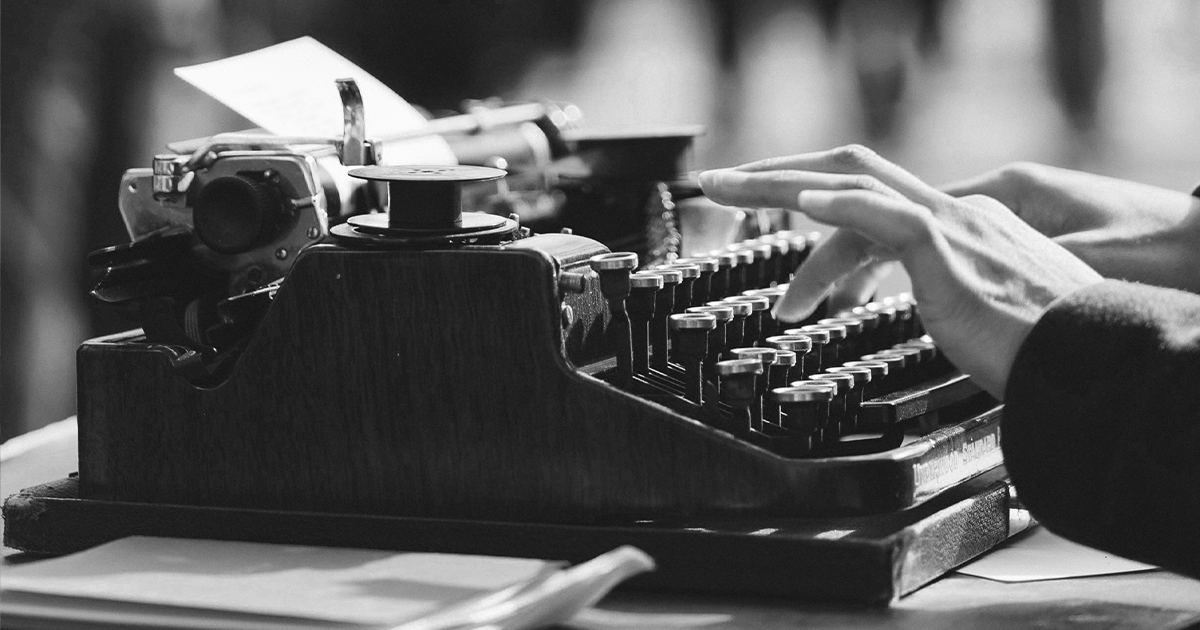Look at the things you don’t like. Then ask yourself why you don’t like them.
Graffiti is a great example of this. People tend to see the value or they hate it. There really isn’t much middle ground.
As a collective and as lovers of contemporary art – as long as it’s presented correctly – society will fawn over a Banksy because we know its OK to do so. We’ll go to see their ironic takeover of an art gallery, or absorb the review in the Guardian’s Culture section on a Monday morning. The real irony being that we are giving weight to a street artist collective based on the setting and them meeting our own expectations. The exclusivity is still there, it still exists but now it’s accessible. If you want it. The real treat, the bones of the statement is all laid out in plain sight … Of all the cities Banksy could have held an art gallery takeover in, they chose Bristol.
Bristol. A living, breathing canvas. How many London Police murals or Invader mosaics went unnoticed as punters walked through that constantly evolving, trendsetting urban gallery to the Bristol Museum? Were we, the audience, the joke all along? And knowing that, how am I, ‘the audience’ supposed to feel? Uncomfortable?
Isn’t art great.
Typeface – or rather, Pete – has a relationship with Tracey Emin that borders on the abusive. I used to rant about her work and resent that she was Artist du Jour and our focus at college. A regular Duchamp unfolding in front of our eyes.
I saw her work and thought I could do that. Even though I hadn’t done that. As a Film student I’d laugh at at her childish use of Film, pointing out how none of the shots were framed correctly. I’d say all this, sat in a dark screening room in the Tate, Liverpool, watching her home movie for the fourth time in a row. I’d read articles, reviews and interviews with Tracey just to wind myself up, If I didn’t see them organically and I knew she’d released new work then I’d seek them out. I’d rant about her if she came up in conversation. I’d learn about her work so I could dismiss it with eloquence, just to sound like I knew what I was talking about.
Then one day in 2009 it clicked, and I realised that she’s held my attention for over ten years now. She’s made me constantly question what I think I know about art. Her perspective and the way she looks at the world is so different to mine, that she gave me an insight into a world that I had no frame of reference for; or any right to be peering in to. She wasn’t worthy to me because she wasn’t Hirst, or Perry; I knew they were good. Yet I hated her output so much that I read about new works, I’d go to see them, I’d pour over them. She made me feel such a strong emotional reaction that one day, mid rant, I realised this is one of my favourite artists of all time. And I hate what she does.
She was only doing what every artist for 100 years had been doing. Trying to answer Duchamp’s question, using her own voice and experience. Let’s not forget, in his time Duchamp shook the world by asking what is art, and he asked it with an artwork that was literally designed to funnel piss.
Looking around you is difficult
Actually look around you. Look at your surroundings. Look at them because they’re yours, you might not like aspects of them but they can belong to you if you let them. On the commute, in your neighbourhood; look at the things you’re trying not to notice. Our day-to-day life is rife with culture that we choose not to see. We look at design, at art, at other people’s experience every day and we dismiss them because we dont have the tools, the frame of reference or the history to understand them. We dismiss things because they aren’t presented in a way that we’re told is OK. Conversely we accept things when we’re told this is fine, you can enjoy this thing, but only in this setting.







